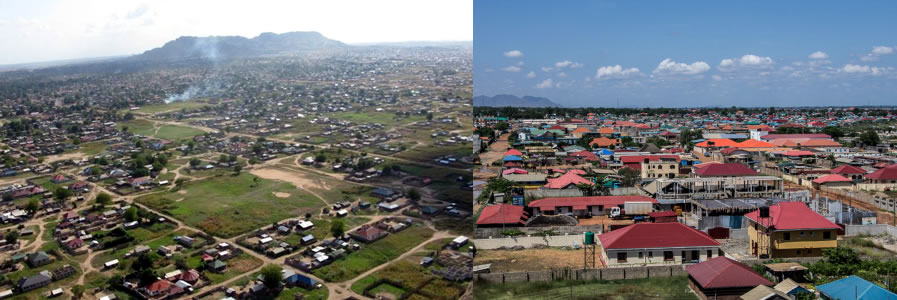
Uploaded on 2017-06-10 by David Gurak
Module 4 - compulsory Exercise: Heat island effect 1.Check the temperature differences in US cities a.Phoenix, AZ Up to 21° hotter in city than in rural area In summer, average 3.2° hotter in city than rural areas. b.Des Moines, IA Up to 24° hotter in city than in rural area In summer, average 2.9° hotter in city than rural areas. c. Atlanta, GA Up to 16° hotter in city than in rural area In summer, average 2° hotter in city than rural areas. 2. Which are the main UHI effects that you can identify in your area? Effects of Urban heat island in Juba, South is noticeably compared to the rural areas. Though I wasn’t able to find comprehensive studies that document the UHI in various cities throughout the country, however; I managed to compare temperature differences throughout the year in two cities: Juba and Tali. Juba is the capital city and it is more urbanized. On the other hand, Tali is considered a rural area. From reading temperature records, I found Juba to be hotter than Tali by an average of 2° Fahrenheit. 3. Which are the measures you would propose? The measurement I would propose to reduce the impact of UHI would be to increase the area of green surfaces by adding more trees in streets, reducing deforestation, replacing dark and colorful roofs with light colored roofs materials, use of green rooftop, and take measures to minimize energy usage through better buildings designs layout and materials selections that will reduce heat load consumption. 4. Is UHI effect concerning policy making in your area? I am not aware of any measurement taken policy wise to combat the effect of UHI. South Sudan is still grappling with civil war, my hope it will eventually develop policies that will limit the impact of UHI particularly in the dense urban areas in order to increase livability in its cities. Photo Credit: Embassy of South Sudan, Norway. http://www.embrss-norway.org/tourism/